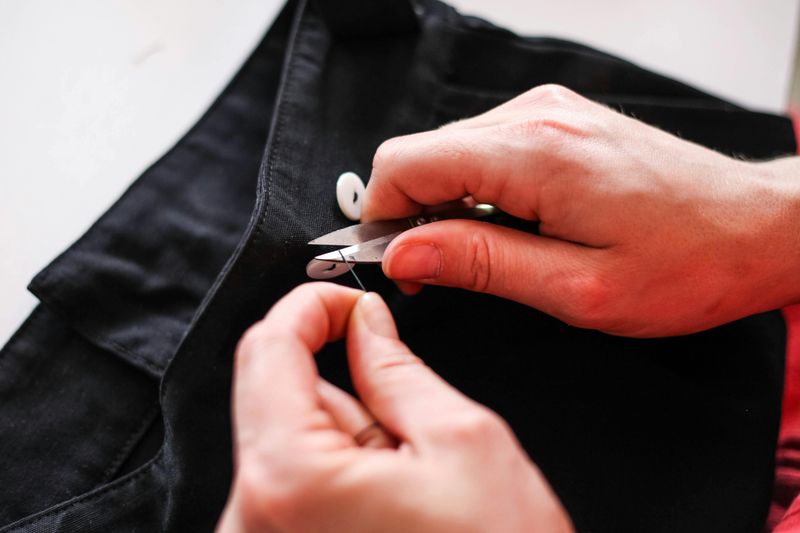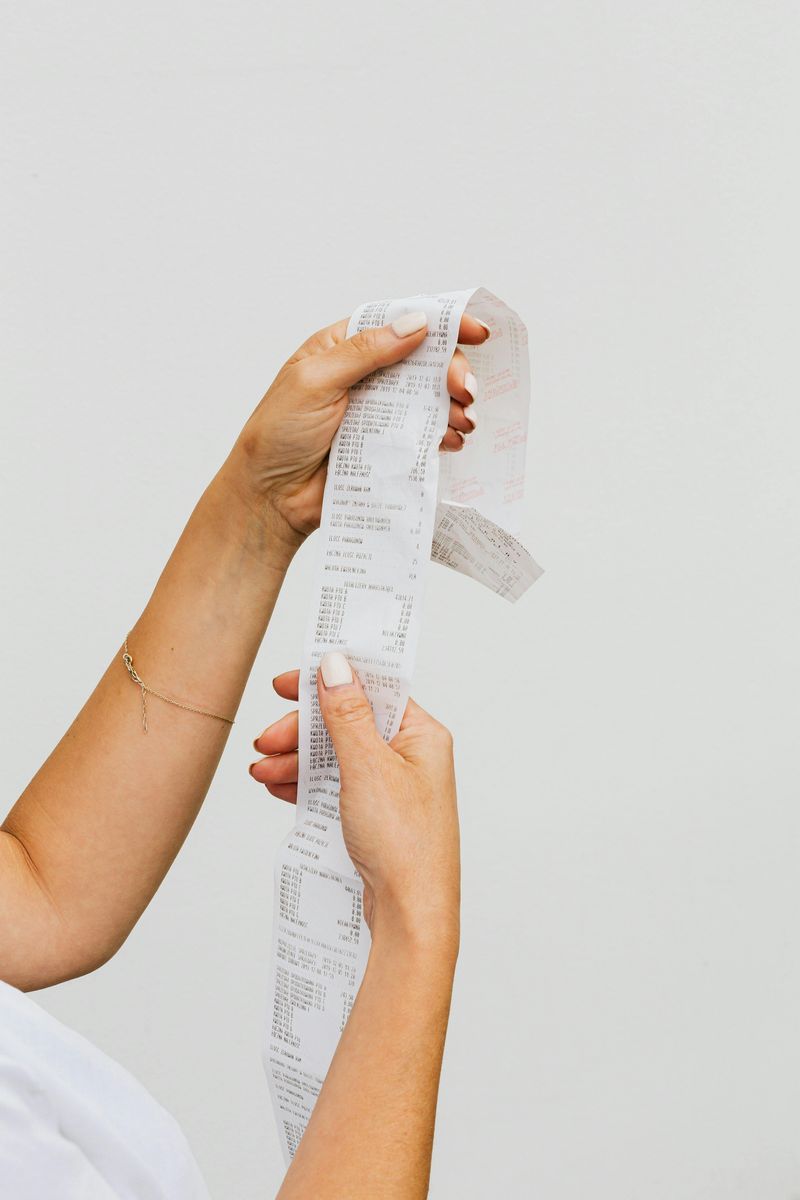13 Frugal Lessons From Our Grandparents That Still Work Today

Grandparents didn’t need budgeting apps to stretch a dollar—they had grit, ingenuity, and habits that quietly built stability. In a world of one-click temptation, their time-tested tricks still beat the algorithm.
If you’re tired of lifestyle creep and invisible fees nibbling your paycheck, their playbook is the refresh your wallet needs. Steal these 13 lessons and watch your money go further without feeling deprived.
1. Use It Up, Wear It Out, Make Do, or Do Without

Before tossing anything, imagine the creative paths it still holds: patched, repurposed, or traded into a new role. Our grandparents squeezed every ounce of usefulness from coats, cookware, and even jars, turning scarcity into a kind of everyday artistry. This mindset trims costs quietly and consistently.
Start small by mending hems, patching backpacks, and refilling containers rather than replacing them. Convert old T-shirts to cleaning rags, give furniture a new stain, and repurpose glass jars for pantry storage. You’ll see your trash bin shrink and your savings account breathe easier.
Set a “repair first” rule with a one-week waiting period before buying a replacement. Keep a simple toolkit and learn a handful of fixes via short videos. Measured over a year, this habit can save hundreds and reduce clutter and waste dramatically.
2. Cash-First Spending, Debt-Last (or Never)

Financial calm begins when your wallet leads and your credit card follows. Older generations prioritized paying with cash because the pain of parting with bills naturally curbed overspending. That physical limit set a boundary long before budgets existed.
Adopt a “cash envelope” for categories prone to creep, like dining out or fun money. When the envelope empties, you’re done—no overdraft drama or blurry math. If credit is necessary, save it for true emergencies and pay the balance with urgency.
Practice a 24-hour pause on non-essentials and a 30-day wait for big buys. Track purchases manually for a week to feel the real cost. Over time, this discipline safeguards you from impulsive swipes and builds an automatic filter against financial chaos.
3. Cooking at Home (and Stretching Every Meal)

A single roast can become several delicious acts if you plan it that way. Our grandparents mastered batch cooking, bone broth, and the art of leftovers that didn’t feel like repeats. Home kitchens gave them control over cost, nutrition, and waste.
Map one ingredient to three meals: roast chicken to sandwiches, soup, and a rice bowl; or beans to chili, tacos, and a salad topper. Embrace pantry staples—rice, oats, lentils, frozen vegetables—for versatile, low-cost foundations. Freeze extra portions in labeled containers to defeat takeout temptation.
Set theme nights—pasta, soup, grain bowls—to simplify planning. Use a “FIFO” bin (first in, first out) in your fridge to spotlight soon-to-expire items. With a little ritual, your stove becomes a money printer disguised as dinner.
4. Fixing Before Replacing

A missing button or a flickering lamp isn’t a shopping emergency; it’s an invitation to learn. The fix-first habit prevents small problems from snowballing into expensive replacements. Plus, the satisfaction of mending something builds confidence like compound interest.
Assemble a modest repair kit: needle and thread, contact cement, a basic screwdriver set, superglue, sandpaper, and spare batteries. Learn simple wins—hemming pants, reseating a plug, tightening cabinet hardware. Many repairs take ten minutes and save ten dollars or more each time.
Track what you salvage in a note on your phone—it’s motivating to see the savings stack up. Teach family members a beginner skill to multiply the impact. Over a year, you’ll keep money in your pocket and fewer gadgets in the landfill.
5. Saving “A Little From Every Pay” No Matter What

Consistency outruns intensity when it comes to saving. Even small deposits compound into big buffers, especially when they happen automatically. Our grandparents treated saving like a bill—non-negotiable and predictable.
Set an automated transfer the moment your paycheck lands, even if it’s five or ten dollars. Label the account “Emergency Fund” to curb the urge to dip in. Once you don’t feel the missing amount, dial it up gradually—stealth raises to your future self.
Pair your savings with micro-goals: one month of expenses, then two, then three. Celebrate milestones with a free reward, like a library movie night or a home-cooked favorite. The habit matters more than the number, and the security is priceless.
6. Growing (At Least Some of) Your Own Food

Even a tiny plot can deliver outsized savings and satisfaction. Herbs on a windowsill, tomatoes on a balcony, or a modest raised bed can slash produce costs. Homegrown flavors are fresher, and the harvest feels like a victory lap.
Start with easy wins: basil, mint, green onions, cherry tomatoes. Replant kitchen scraps—celery bases, scallion roots—and watch them regenerate. Composting peels into soil completes the loop, lowering waste while feeding the next crop.
Join a community garden to share tools, tips, and surplus harvests. Preserve extras by drying herbs, freezing chopped peppers, or making quick pickles. With each season, your grocery bill shrinks and your confidence sprouts.
7. Buying Quality Once, Not Junk Twice

Durability is a discount paid upfront. Heirloom cookware, solid wood furniture, and sturdy tools outlast fads and flimsy materials. Over time, replacing cheap items becomes more expensive than investing in quality.
Research materials and warranties, not just aesthetics. Look for cast iron, full-grain leather, stainless steel, and solid joinery. If money’s tight, buy secondhand quality—estate sales, auctions, and classified listings offer bargains with bones.
Apply the “cost-per-use” test: a $150 coat worn 150 times beats a $50 coat worn 20. Prioritize items you touch daily—shoes, mattress, cookware—for maximum return. Quality turns purchases into companions, not clutter.
8. Hand-Me-Downs and Secondhand as a Way of Life

Treasure hides on thrift racks and in the closets of generous friends. Reusing clothing, furniture, and toys keeps budgets sane and landfills slimmer. Style becomes personal when it’s scavenged, altered, and storied.
Host a swap night for seasonal wardrobes or kid gear. Learn simple alterations—hemming, dyeing, replacing zippers—to refresh finds. For furniture, a light sanding and new hardware can transform a piece for pennies.
Set alerts on resale apps for specific brands or dimensions. Use a strict list to avoid bargain blinders. Secondhand isn’t second-best; it’s smart, sustainable, and often surprisingly chic.
9. Planning Purchases Instead of Impulse Buying

Your future self deserves a vote before your present self taps “Buy Now.” Lists, waiting periods, and price tracking cut through marketing fog. The pause is powerful; it turns wants into wise decisions.
Create a running “cooling-off” list in your notes app. Compare prices with trackers, set sale alerts, and check return policies. If an item still earns its spot after a week, it’s likely worth it.
Shop with a budget and a mission: groceries with a meal plan, clothes with a capsule wardrobe. Avoid wandering aisles and late-night scrolling. Planned purchases feel intentional—and your bank account agrees.
10. Making Your Own Instead of Always Buying New

Homemade isn’t just quaint—it’s quietly profitable. Simple cleaners, gifts, baked goods, and décor cost less and often work better. Plus, the act of making shifts you from consumer to creator.
Start with low-lift projects: all-purpose cleaner (vinegar, water, citrus peels), granola, or knitted dishcloths. Personalize gifts with photo prints, spice mixes, or a batch of cookies tied with twine. Each project replaces a store run with a satisfying session at home.
Set a monthly DIY night and rotate themes: kitchen, crafts, home care. Track savings versus store-bought equivalents to see the impact. Creativity compounds, and soon you’ll have a toolkit of skills that pay you back.
11. Living in Smaller Spaces Than You Can “Afford”

Breathing room in a budget matters more than square footage. Smaller homes reduce utilities, furnishings, maintenance, and temptation to accumulate. That margin funds savings, travel, or time off—things that actually feel rich.
Right-size your space by matching rooms to daily life, not hypotheticals. Use multifunctional furniture, vertical storage, and regular decluttering to keep it comfortable. Less area means less to clean and more weekends reclaimed.
Run the numbers on rent or mortgage at 25% to 30% of take-home pay. Bank the difference in a high-yield account or invest automatically. Peace of mind beats an extra room you rarely use.
12. Community Sharing and Borrowing

Neighborhoods used to function like informal libraries for tools, casserole dishes, and even wisdom. Borrowing spreads costs across many households, keeping garages uncluttered and wallets intact. The bonus is friendship built on trust and reciprocity.
Start a group chat or lending spreadsheet for ladders, saws, party gear, and specialty kitchenware. Establish simple rules: sign-out dates, return condition, and a quick thank-you treat. For childcare swaps, align schedules and expectations before committing.
Join a Buy Nothing group or tool library to expand your circle. When you do buy, choose items that are share-friendly and durable. Community makes frugality feel abundant, not scarce.
13. Contentment Over Constant Upgrades

Enough is a moving target—unless you aim it on purpose. Our grandparents squeezed joy from what they had and let trends pass by like weather. That calm focus frees time, attention, and cash.
Practice gratitude by listing what already works: your phone, your shoes, your coffee mug. Mute ads, unfollow upgrade culture, and set a personal replacement cycle. When something breaks, repair first and research slowly.
Define “good enough” specs for gadgets and gear. Plan future upgrades based on function, not FOMO. Contentment isn’t settling; it’s choosing satisfaction and keeping your money for what truly matters.

Comments
Loading…